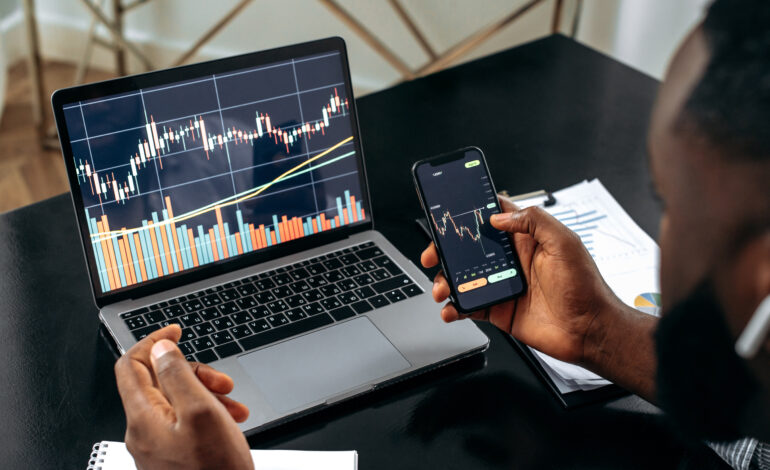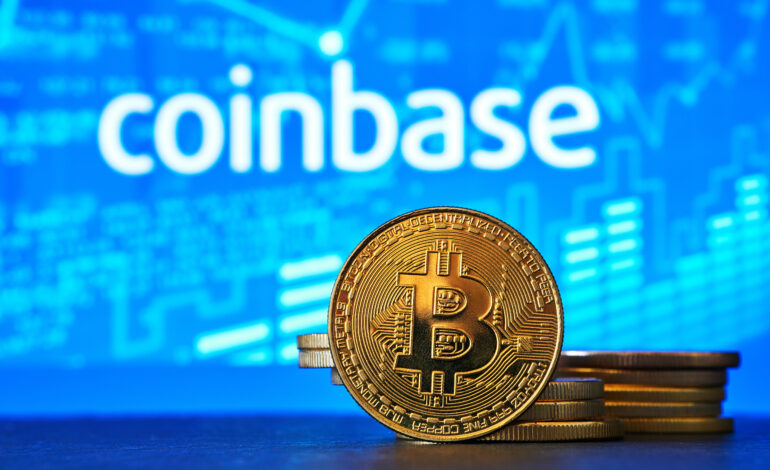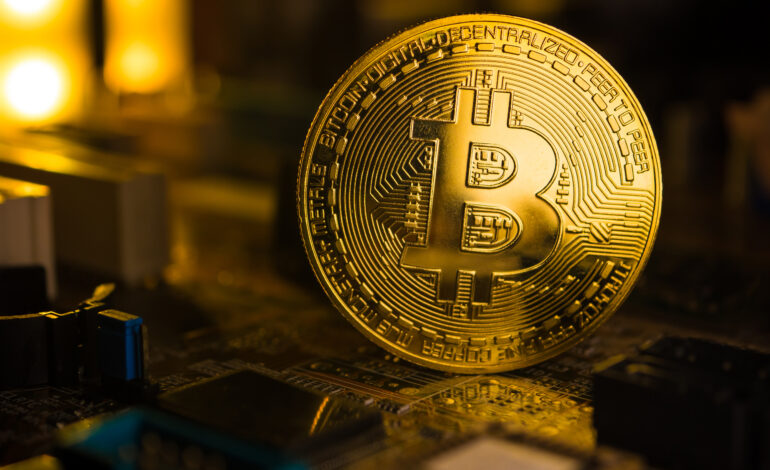
Introduction: Inflation and Its Impact on Crypto Markets
Inflation is one of the key economic indicators that create a movement in the respective financial markets and, specifically, the cryptocurrency market. The effect on the purchasing power of fiat currencies is crucial due to the changes in the rate of inflation, which prompted investors to engage in the investment of Bitcoin, Ethereum, and other digital assets. The recent inflation data has largely aroused debate within the crypto community, as it could signal changes in central bank policies, most importantly on interest rates. Crypto investors are keenly watching these developments since any possible rate cut could have implications galore on the crypto market.
The nascent relationship between inflation and cryptocurrencies has grown to become relevant in just recent months. Some believe cryptocurrencies serve as hedges against traditional market movements since conventional securities, like stocks and bonds, are usually affected by inflation and central bank action. Now, as new inflation data hints that the pressure for rising prices could abate, the idea of interest rate cuts begins to take focus, which then shifts investors’ strategies for the crypto markets.
Deciphering the New Inflation Numbers
The latest consumer price data show that the rate of growth of consumer prices is finally coming under the reins; it may imply lesser inflationary pressure. The importance of this is increased because of the fact that the monetary policy is set by central banks, specially by the Federal Reserve in the United States. So now, if the inflation is under control, then the Fed would have fewer reasons not to have high-interest rates that were being doled out methods to suppress galloping inflation.
For crypto investors, this is important information as it affects the way they allocate investments. Lower levels of inflation might be a precursor to an established, or at least an improving, stable economic outlook. This viewpoint would reduce the attractiveness, associated with safe-haven characteristics, of holding cryptocurrencies. However, if rate cuts are being anticipated, this will lower the costs of borrowing and increase liquidity in the financial markets, hence precipitating investment in riskier assets, including the most hyped class—in cryptocurrencies.
Potential Interest Rate Cuts to Come: What This Means for Crypto
Recently, there is growing speculation that central banks, more so the Federal Reserve, would want to at least consider cutting interest rates in the short term as inflationary pressures seem to continue taking a breather. The idea is that it will force borrowing costs lower and most probably increase the avenues for expenditure or investment. For the crypto markets, it would be another inflow of capital as the quest for higher returns in a low-rate environment strengthens.
But the effect of rate cuts on cryptocurrencies is quite not that direct. While it can be argued that lowering interest rates could potentially see better receptive perceptions from risky assets—crypto included—for now, it cannot be ruled out that an improved broader economy is more favorable for classic investments. Furthermore, if the rate cuts are perceived more as a response due to growth fears, this might indeed bring in some volatility within the crypto market, as investors try to navigate broader economic uncertainties.
How the Crypto Market Is Reacting to Inflation Data
Crypto investors are surely unfazed by the latest inflation numbers, moving both the markets up and down. One camp will be thinking of the rate cuts that are in calling distance and, therefore, bullish, while another camp will believe that more liquidity and conditions will be conducive for high-growth assets like crypto.
On the other hand, some investors could provide a degree of caution over potential economic instability. In this way, any move by the central bank to cut rates if read as a factor of weakened economic fundamentals will surely dampen the enthusiasm for riskier assets. Furthermore, the crypto market is highly volatile, and sudden shifts in investor sentiment cause prerequisites for quick price changes, which may require that customers monitor the market and update their strategies.
Investment Strategies under Probable Interest Rate Cuts
The rate cuts provided both opportunities and challenges for crypto investors. Specifically, one may entail ramping up the amount of investment in cryptocurrencies as the market gets better in the expectation of demand growing and general price appreciation. This approach rests on the fact that lower rates shall propel a number of investors into alternative assets with higher return levels.
On the contrary, some investors may take a more cautious approach by diversifying their portfolios in order to reduce the potential risks posed by uncertainty in the economy. It means balancing crypto investments against more stable assets, like stablecoins or even traditional assets like gold, which provide a hedge against market volatility. Investors who can work through all the possible outcomes of these rate cuts will be better positioned to profit from the movements but with less risk.
Conclusion: Maneuvering the Cryptocurrency Market Throughout Economic Shifts
The reality of inflation data in shaping economic policy should, more than any other reason, make a cryptocurrency investor very cautious. The possibility of interest rate cuts cuts both ways, and as an investor, one will have to be up to date with the macro trends and understand how they impact the crypto market. The attraction of cryptocurrencies continues as yet unabated to investors as a means of a hedge against inflation, but the changing economic landscape has called for a nuanced approach to investment.
It comes down, then, to the investor’s approach to investment: he or she must be flexible enough. Knowing what economic signs to look out for and understanding the meaning of declared central bank policies, in regard to most cryptos, one can take some kind of action that is within his or her risk tolerance and toward his or her financial objectives. For an investor in cryptos, this means flexibility and foreseeing across an evolving market.





